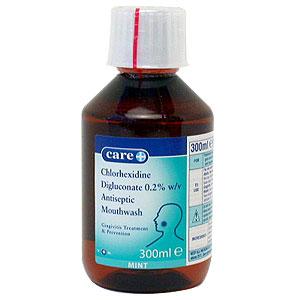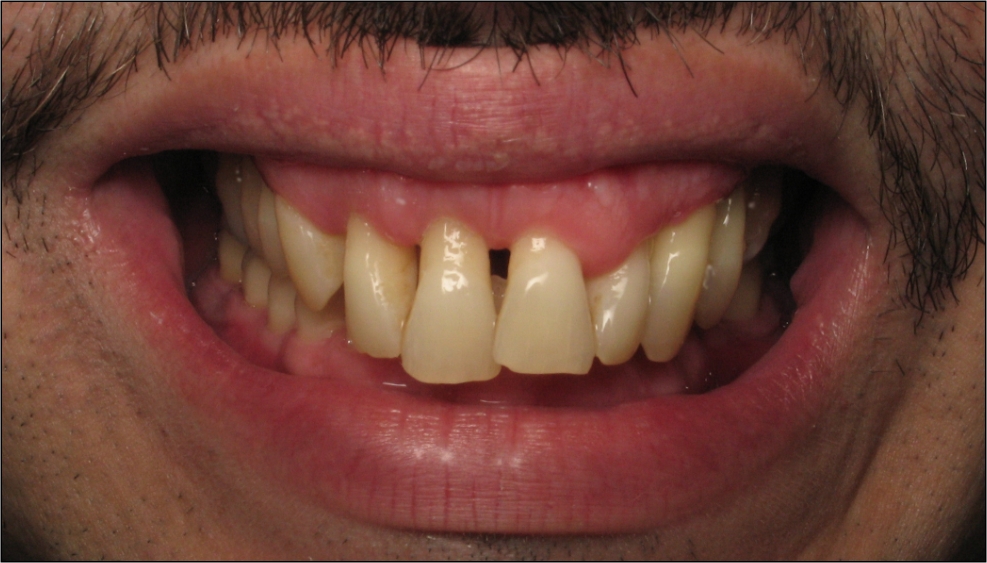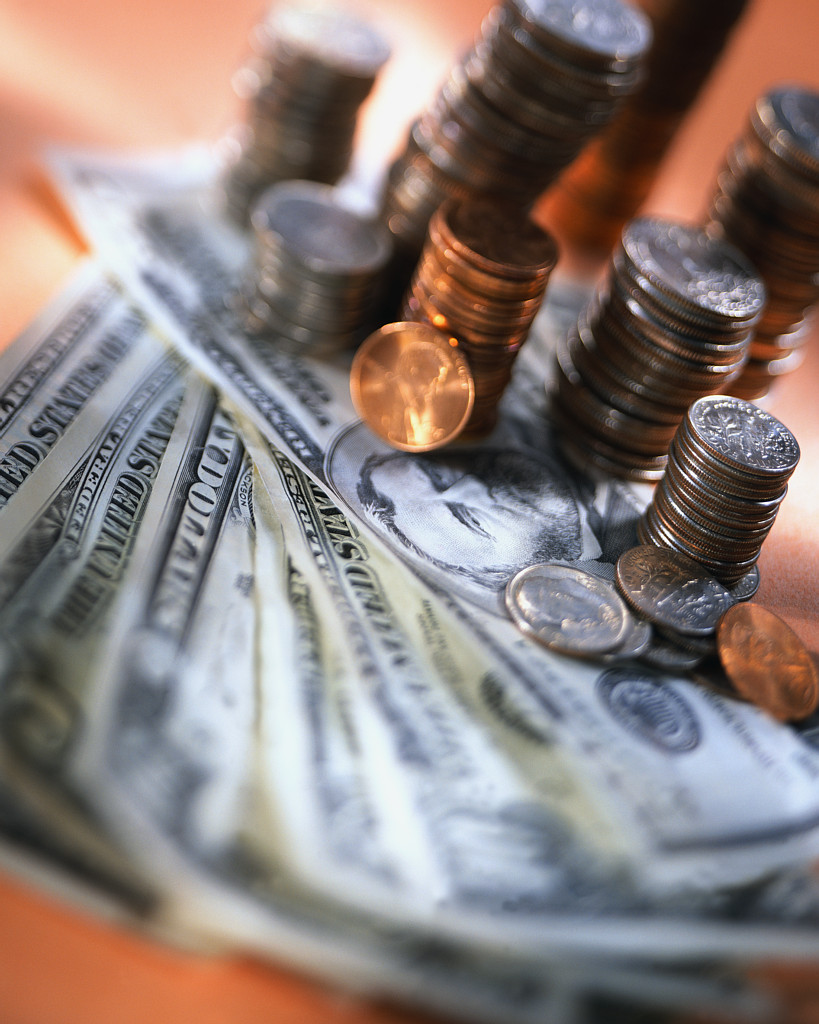How is the basic gingival flap surgery procedure performed
First a local anesthetic injection will be given to the site of the surgery to numb the area. This injection is the same type of injection used when extracting teeth. Therefore, no excessive sedation is necessary unless the patient is very anxious. Then, your dentist will wait a few minutes and test the area again for numbness. The dentist will than make incisions or cuts along the gum margin (neck of the tooth) . When that is done, two vertical incisions are made according to the width of the gingival flap. The gingival flap is than pulled away from the jaw bone using a forceps and a elevator. Your dentist will then examine the exposed bone and roots. If there are inflamed or swollen gum tissue between the teeth, your dentist will remove it. Depending on the situation, inflamed gum tissue may also have to be removed from holes in the bone.
While the roots and jaw bone are exposed, your periodontist will also use scaling and root planing procedures to clean any remaining tartar and plaque. In addition, any rough bone edges or defects will be made smooth. Jaw bone shaping or smoothing) is usually accomplished with rotating burs and files.
After the roots, bone, and gum tissue have been modified, the Dentist will move the gingival flap back into position around the teeth, and use stitches to hold them in place. Your dentist may use self-dissolving (resorbable stitches ) stitches, or a non dissolving stitches and ask you to return in a week to remove them, as well as to check on your progress. In some cases, the dentist may also cover the surgical site with a periodontal pack or bandage.
Possible post operative gingival flap surgery complications
Some discomfort might be felt after a gingival flap surgery. This can range form mild pain to severe and acute throbbing pain. Most people manage with over-the counter pain medications like aspirins or paracetamol. Your dentist can also give you a prescription for something stronger but only if its really needed. An ice pack can also be used to help reduce swelling. You may also experience some bleeding 24 hours after the surgery.
Gingival Flap surgery care
After surgery, it is vital to make sure that your mouth stays clean. Aside from following normal oral hygiene for the rest of your mouth, you may also need to rinse with chlorhexidine mouth wash. This is an antimicrobial ingredient that will help reduce the risk of infection. Unfortunately, they will not rid your mouth of plaque. On the very first day right after your gingival flap surgery , the surgical site should not be brushed or disturbed. Normal cleaning at the surgical gingival flap site can resume after a day. If the surgical site is not covered by a bandage, use a toothbrush to remove plaque. Depending on your situation, the dentist may also give you antibiotics.
Possible negative gingival flap surgery outcomes
Once your gums heal, they may continue to recede, meaning your gum margin may continue to migrate downwards away from the crown of your teeth. In addition, teeth located in the surgical area may become more sensitive to cold and hot temperatures. You also run an increased risk of developing cavities in the roots of affected teeth.
If the surgical gingival flap area is not clean and maintained properly, a pocket and the same problem will just occur again and the final outcome would be the removal of the entire tooth. Patients who smoke should quit smoking as the gums will continue to deteriorate in smoking patients.
When to contact your dentist after a gingival flap surgery
During the first 48 hours after the procedure, it is fairly common to experience pain and minor bleeding. If bleeding continues, or gets worse, you will need to contact your dentist immediately. This could be caused by an infection or an underlying medical disease like Von Willebrand disease or any clotting factor deficiency diseases. Most patients are not aware that they suffer from this conditions therefore if suspected go to your dentist immediately. It is possible that the patient to bleeds to death.
Gingivectomy and Gingival flap surgery cost
Like most dental surgeries, the charges mostly depends on the different states and how close is the surgery to the big cities. Of course, surgeries in big cities charge much more.
Gingival flap surgery
lowest : USD 472.00
highest : USD 842.00
Gingivectomy or gingioplasty – per quad (our mouth has four quadrants – upper right and left , lower right and left)
lowest : USD 215.00
highest : USD 804.00




Genial post and this post helped me alot in my college assignement. Gratefulness you as your information.